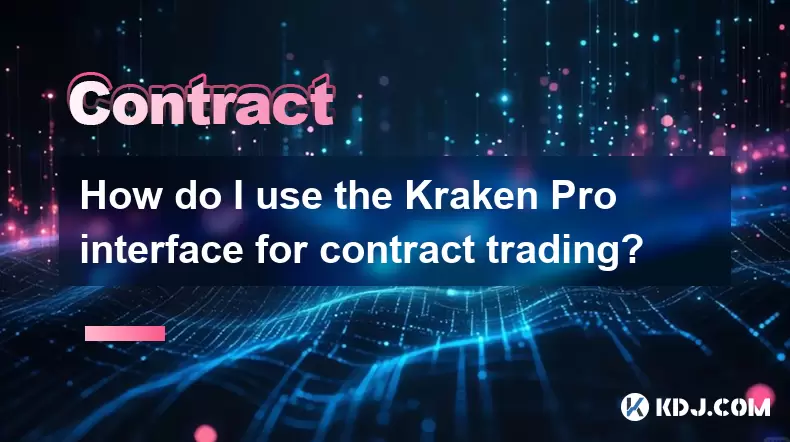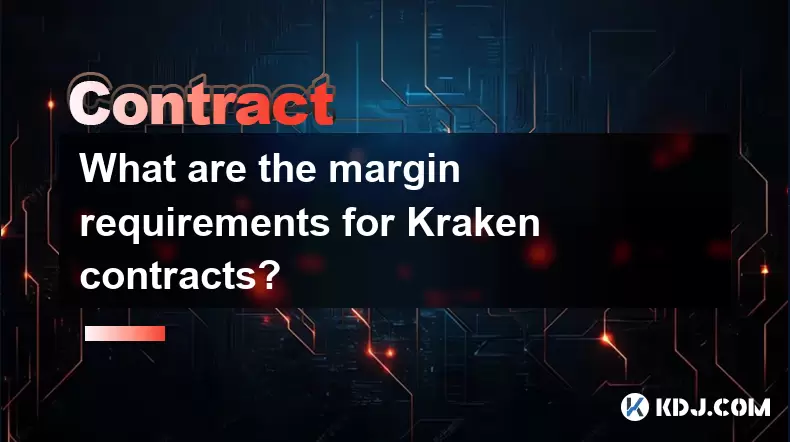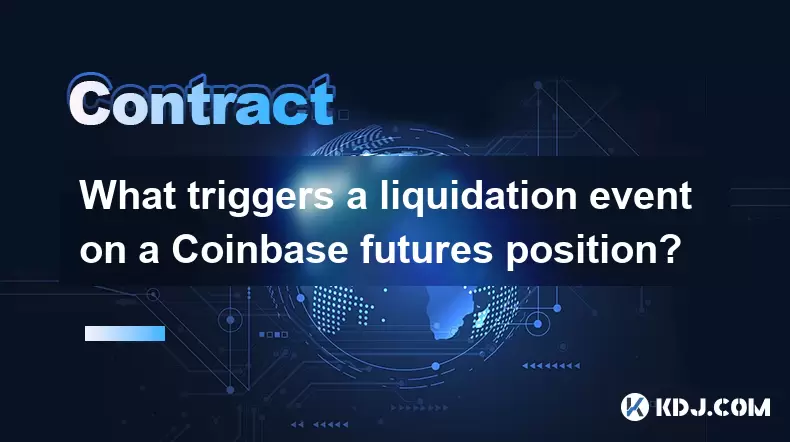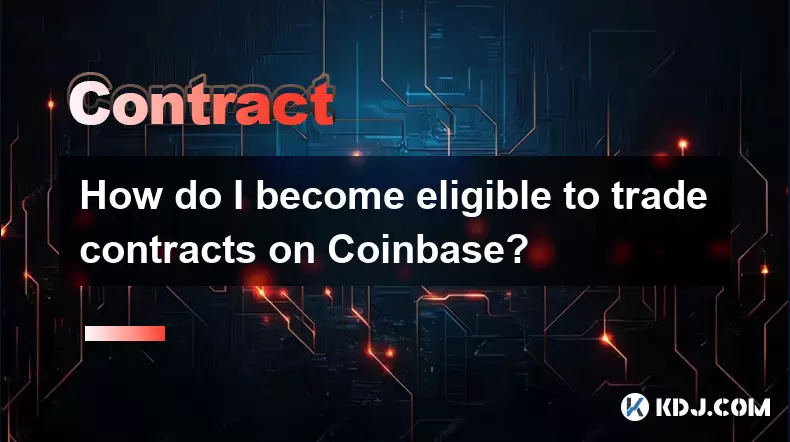-
 Bitcoin
Bitcoin $117300
1.93% -
 Ethereum
Ethereum $3866
5.21% -
 XRP
XRP $3.109
3.81% -
 Tether USDt
Tether USDt $1.000
0.01% -
 BNB
BNB $781.5
1.52% -
 Solana
Solana $173.0
2.95% -
 USDC
USDC $0.9998
0.00% -
 Dogecoin
Dogecoin $0.2181
6.31% -
 TRON
TRON $0.3403
0.93% -
 Cardano
Cardano $0.7683
3.91% -
 Hyperliquid
Hyperliquid $40.08
5.09% -
 Sui
Sui $3.742
7.38% -
 Stellar
Stellar $0.4152
4.69% -
 Chainlink
Chainlink $18.40
10.03% -
 Bitcoin Cash
Bitcoin Cash $580.6
2.21% -
 Hedera
Hedera $0.2543
4.25% -
 Ethena USDe
Ethena USDe $1.001
-0.01% -
 Avalanche
Avalanche $22.94
3.52% -
 Litecoin
Litecoin $121.8
2.24% -
 UNUS SED LEO
UNUS SED LEO $8.955
-0.41% -
 Toncoin
Toncoin $3.330
3.03% -
 Shiba Inu
Shiba Inu $0.00001270
2.97% -
 Uniswap
Uniswap $10.34
6.42% -
 Polkadot
Polkadot $3.805
3.86% -
 Dai
Dai $1.000
0.01% -
 Bitget Token
Bitget Token $4.429
1.80% -
 Cronos
Cronos $0.1495
4.65% -
 Monero
Monero $255.6
-9.08% -
 Pepe
Pepe $0.00001096
4.40% -
 Aave
Aave $282.9
7.85%
What is the mark price of Gate.io contract? How is it different from the latest price?
The mark price on Gate.io, calculated using the latest traded price, global spot index, and funding rate, helps prevent unnecessary liquidations due to volatility.
May 06, 2025 at 11:01 am

The mark price of Gate.io contract is a crucial concept for traders using futures and perpetual contracts on the Gate.io exchange. It serves as a risk management tool designed to prevent unnecessary liquidations due to market volatility. The mark price is calculated using a combination of the latest traded price and the fair price, which is derived from the global spot index price and the funding rate. This article will delve into the intricacies of the mark price, its calculation, and how it differs from the latest price.
Understanding the Mark Price
The mark price on Gate.io is essentially an estimate of the true value of a futures or perpetual contract at any given moment. It is designed to reflect a more stable and less manipulable price than the latest traded price. The mark price is calculated using a formula that takes into account the latest traded price, the global spot index price, and the funding rate. This combination helps to ensure that the mark price is less susceptible to sudden spikes or drops that could lead to unnecessary liquidations.
Calculation of the Mark Price
To understand how the mark price is calculated, it's important to break down the components involved:
- Latest Traded Price: This is the most recent price at which the contract was traded. It can be volatile and subject to market manipulation.
- Global Spot Index Price: This is an average price of the underlying asset across multiple spot exchanges. It provides a more stable reference point than the latest traded price.
- Funding Rate: This is a periodic payment made between long and short positions to ensure that the price of the perpetual contract tracks the spot price over time.
The formula for calculating the mark price is as follows:
[ \text{Mark Price} = \text{max}(\text{min}(\text{Latest Traded Price}, \text{Fair Price} \times (1 + \text{Funding Rate})), \text{Fair Price} \times (1 - \text{Funding Rate})) ]
Where the Fair Price is calculated as:
[ \text{Fair Price} = \text{Global Spot Index Price} \times (1 + \text{Funding Rate}) ]
This formula ensures that the mark price remains within a reasonable range, reducing the risk of liquidations due to extreme price movements.
Differences Between Mark Price and Latest Price
The latest price is the most recent price at which a contract was traded. It is subject to high volatility and can be influenced by market manipulation, such as sudden large trades or order book imbalances. In contrast, the mark price is designed to be a more stable and reliable indicator of the contract's value.
Here are the key differences between the mark price and the latest price:
- Stability: The mark price is less volatile than the latest price because it incorporates the global spot index price and the funding rate, which smooth out short-term fluctuations.
- Risk Management: The mark price helps to prevent unnecessary liquidations by providing a more accurate reflection of the contract's true value. Traders are less likely to be liquidated based on temporary price spikes or drops.
- Manipulation Resistance: The mark price is less susceptible to market manipulation because it is not solely based on the latest traded price. It takes into account a broader range of data, making it harder for manipulators to influence.
Impact on Trading Strategies
Understanding the difference between the mark price and the latest price is crucial for developing effective trading strategies on Gate.io. Traders need to be aware of how these prices can affect their positions and potential liquidations.
- Position Management: Traders should monitor both the mark price and the latest price to gauge the health of their positions. If the latest price diverges significantly from the mark price, it may indicate a potential for liquidation.
- Risk Assessment: By understanding how the mark price is calculated, traders can better assess their risk exposure. They can use the mark price to set more accurate stop-loss orders and manage their leverage more effectively.
- Arbitrage Opportunities: The difference between the mark price and the latest price can sometimes create arbitrage opportunities. Traders can exploit these discrepancies to make profits, but they must be cautious and understand the underlying mechanics.
Practical Example of Mark Price Calculation
To illustrate how the mark price is calculated, let's consider a hypothetical scenario:
- Latest Traded Price: $50,000
- Global Spot Index Price: $49,800
- Funding Rate: 0.01% (or 0.0001)
First, we calculate the Fair Price:
[ \text{Fair Price} = 49,800 \times (1 + 0.0001) = 49,804.98 ]
Next, we calculate the Mark Price using the formula:
[ \text{Mark Price} = \text{max}(\text{min}(50,000, 49,804.98 \times (1 + 0.0001)), 49,804.98 \times (1 - 0.0001)) ]
[ \text{Mark Price} = \text{max}(\text{min}(50,000, 49,804.98 \times 1.0001), 49,804.98 \times 0.9999) ]
[ \text{Mark Price} = \text{max}(\text{min}(50,000, 49,809.98), 49,799.98) ]
[ \text{Mark Price} = \text{max}(49,809.98, 49,799.98) ]
[ \text{Mark Price} = 49,809.98 ]
In this example, the mark price is $49,809.98, which is slightly lower than the latest traded price of $50,000. This difference helps to protect traders from sudden liquidations based on short-term volatility.
How to Use Mark Price in Trading
Using the mark price effectively in trading involves several key steps:
- Monitor Both Prices: Always keep an eye on both the mark price and the latest price. This will help you understand the market's direction and potential risks.
- Set Stop-Loss Orders: Use the mark price to set your stop-loss orders. This can help prevent unnecessary liquidations due to temporary price spikes.
- Understand Funding Rates: Pay attention to the funding rates, as they can significantly affect the mark price and your trading strategy.
- Leverage Management: Adjust your leverage based on the mark price. If the mark price indicates a higher risk, consider reducing your leverage to avoid potential liquidations.
FAQs
Q1: Can the mark price ever be higher than the latest price?
Yes, the mark price can be higher than the latest price. This occurs when the fair price, which is influenced by the global spot index price and the funding rate, is higher than the latest traded price. The mark price calculation ensures that it remains within a reasonable range but can still exceed the latest price under certain conditions.
Q2: How often is the mark price updated on Gate.io?
The mark price on Gate.io is updated in real-time, reflecting the latest data available. This ensures that traders have the most current and accurate information to make their trading decisions.
Q3: Does the mark price affect my profit and loss calculations?
Yes, the mark price directly affects your profit and loss calculations, especially if you are using the mark price for your stop-loss orders or position management. It provides a more stable basis for calculating your P&L, reducing the impact of short-term volatility.
Q4: How can I find the mark price on Gate.io?
To find the mark price on Gate.io, navigate to the futures or perpetual contract trading page. The mark price is usually displayed alongside the latest price, allowing you to compare the two easily. Look for the section labeled "Mark Price" or "Fair Price" on the trading interface.
Disclaimer:info@kdj.com
The information provided is not trading advice. kdj.com does not assume any responsibility for any investments made based on the information provided in this article. Cryptocurrencies are highly volatile and it is highly recommended that you invest with caution after thorough research!
If you believe that the content used on this website infringes your copyright, please contact us immediately (info@kdj.com) and we will delete it promptly.
- Bitcoin Reserve, Gold Revaluation, Congress Considers: A New Era for US Financial Strategy?
- 2025-08-08 04:30:12
- KAITO's Momentum: Can It Reclaim Support Amidst Social Media Scrutiny?
- 2025-08-08 04:30:12
- Pi Coin's dApp and AI Potential: Building a Decentralized Future
- 2025-08-08 02:30:12
- Ruvi AI Takes the Lead: Outshining Dogecoin on CoinMarketCap
- 2025-08-08 02:50:12
- Cryptos Under $1: Is Ripple Still the King?
- 2025-08-08 03:50:12
- Cold Wallet, Bonk Price, ICP Price: Navigating the Crypto Landscape in 2025
- 2025-08-08 03:56:12
Related knowledge

Are there any fees for futures settlement on OKX?
Aug 08,2025 at 05:35am
Understanding Futures Settlement on OKXFutures settlement on OKX refers to the process by which open futures contracts are automatically closed or mar...

How to use the OKX margin calculator for futures?
Aug 08,2025 at 05:15am
Understanding the OKX Margin Calculator for FuturesThe OKX margin calculator is a specialized tool designed to assist traders in estimating the requir...

How do I use the Kraken Pro interface for contract trading?
Aug 08,2025 at 05:00am
Understanding the Kraken Pro Interface for Contract TradingThe Kraken Pro platform is designed for advanced traders who require speed, precision, and ...

What are the margin requirements for Kraken contracts?
Aug 08,2025 at 05:42am
Understanding Margin in Kraken Futures TradingWhen engaging in futures trading on Kraken, traders must understand that margin is the collateral requir...

What triggers a liquidation event on a Coinbase futures position?
Aug 08,2025 at 01:15am
Understanding Futures Contracts on CoinbaseFutures contracts on Coinbase allow traders to speculate on the future price of a cryptocurrency, such as B...

How do I become eligible to trade contracts on Coinbase?
Aug 08,2025 at 04:42am
Understanding Contract Trading on CoinbaseContract trading on Coinbase refers to the ability to trade derivative financial instruments such as futures...

Are there any fees for futures settlement on OKX?
Aug 08,2025 at 05:35am
Understanding Futures Settlement on OKXFutures settlement on OKX refers to the process by which open futures contracts are automatically closed or mar...

How to use the OKX margin calculator for futures?
Aug 08,2025 at 05:15am
Understanding the OKX Margin Calculator for FuturesThe OKX margin calculator is a specialized tool designed to assist traders in estimating the requir...

How do I use the Kraken Pro interface for contract trading?
Aug 08,2025 at 05:00am
Understanding the Kraken Pro Interface for Contract TradingThe Kraken Pro platform is designed for advanced traders who require speed, precision, and ...

What are the margin requirements for Kraken contracts?
Aug 08,2025 at 05:42am
Understanding Margin in Kraken Futures TradingWhen engaging in futures trading on Kraken, traders must understand that margin is the collateral requir...

What triggers a liquidation event on a Coinbase futures position?
Aug 08,2025 at 01:15am
Understanding Futures Contracts on CoinbaseFutures contracts on Coinbase allow traders to speculate on the future price of a cryptocurrency, such as B...

How do I become eligible to trade contracts on Coinbase?
Aug 08,2025 at 04:42am
Understanding Contract Trading on CoinbaseContract trading on Coinbase refers to the ability to trade derivative financial instruments such as futures...
See all articles

























































































